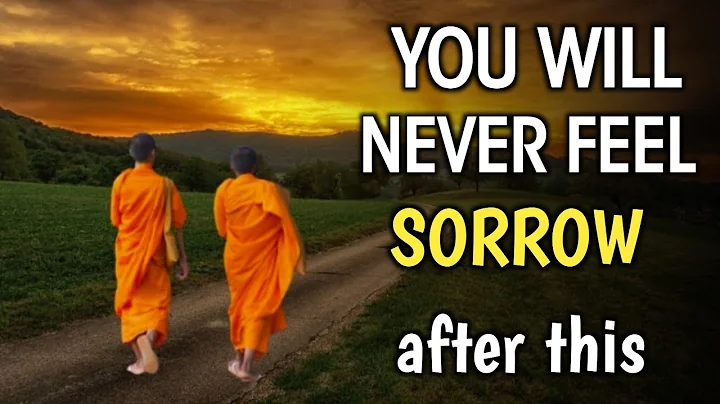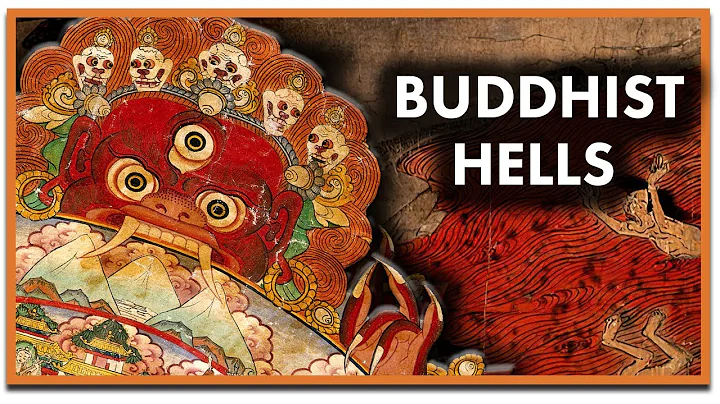
Shichananda (652-710 AD) Sanskrit name Sikshananda. It is also called "Shike Cha" and "Danda". Translated as learning joy, learning joy.
is the Three Collections of the Tang Dynasty translation of the scriptures. Khotan (Khotan, Xinjiang) people. Good at the great and the little two vessels, bypassing different studies.
Martial Zhou , when the Queen of Heaven heard that there was a complete Sanskrit version of the Huayan Sutra in Khotan, she sent an envoy to visit and hire a translator. Shicha Nanda came to China with this reason.
In the first year of Zhengsheng (695), he arrived at Luoyang and lived in Dabengkong Temple in the inner court. He was with Bodhi Liuzhi, Yijing , etc., and re-translated the "Avatamsaka Sutra" at Dongdu , which is the newly translated 80 volumes of the Avatamsaka Sutra.
Mr.com attaches great importance to it and has participated in it in person at the beginning.

Nanta later translated the sutras at the Sanyang Palace in Luoyang, Buddha's Prophecy Temple, Chang'an Qingchan Temple and other places.
Chang'an fourth year (704 AD), Shicha Nandao wanted to go home to visit because his mother was old. He wrote a letter twice, and finally approved the memorial and ordered the Censor Huo Siguang to send it to Yutian. After the Tang Dynasty Zhongzong ascended the throne, he was invited to Chang'an again. In the second year of Jinglong (708 AD), he came to Chang'an again. The Emperor of Zhongzong of Tang Dynasty Qu Wancheng personally went to Kaiyuan Gate to greet him. Monks from the entire capital took to the streets to attend the welcoming ceremony. The emperor issued an order to let him ride the Qingxiang into the city and stop at DaJianfu Temple . This time I went to Chang'an again, and before I could do some translation work, I got seriously ill. On October 12, the first year of Jingyun (710 AD), I died of exhaustion on the right flank. The life is fifty-nine. The emperor issued an edict to be buried in accordance with foreign rituals. On November 12th, the ancient lamp stand outside Kaiyuan Gate was cremated. The fire was exhausted and the tongue was still alive. On December 23, the disciples, who were begging and wise, ordered the envoy Geshu Daoyuan to escort his remains and spiritual tongue back to Yutian, and set up a tower to offer sacrifices. Later generations set up a seven-story pagoda at the cremation place, known as the "Avatamsaka Tripitaka Pagoda". The original text explains the truth, the truth, and the same is true for the mercy of the mercy of the mercy of the mercy of the mercy of the mercy of the mercy of the mercy of the mercy of the mercy of the mercy of the mercy of the mercy of the mercy of the mercy of the mercy of the mercy of the mercy of the mercy of the mercy of the mercy of the mercy of the mercy of the mercy of the mercy of the mercy of the mercy of the mercy of the mercy of the mercy of the mercy of the mercy of the mercy of the mercy of the mercy of the mercy of the mercy of the mercy of the mercy of the mercy of the mercy of the mercy of the mercy of the mercy of the mercy of the mercy of the mercy of the mer He has a broad wisdom and a poor style, and is good at Mahayana and Hinayana, and understands different studies.

days later, the day of Buddha promotion, and respected the Mahayana. He used the old sutras of the "Avatamsaka Sutra" and did not prepare the meeting. He heard that there was a Buddhist version of Khotan from afar. He sent an envoy to ask for a visit and asked someone to translate it. The Cha and the Sutra are in the same way as the Emperor's Que, which is to prove that the translation of Yiwei in the Dongdu Dabengkong Temple in the first year of Sheng. The queen of heaven came to the throne in person, rejuvenated the preface, and carried on her own immortal hair, and wrote the first title. The Southern Indian monk Bodhi Liuzhi and the monk Yijing are both translated into 80 volumes. The second year of Shengli was completed. After a long time, I looked at Gengzi , and went to Sanyang Palace in Yingchuan. I was the first to translate the " Mahayana Entering the Lankavatara Sutra" and copied the preface. He also translated the sutras such as "Manjushri's Prophecy" at the Qingchan Temple in the capital and the Buddha's Prophecy Temple in the East Capital. He published 19 pieces in the first and second chapters, including the monks Bolun and Xuangui, the monks' re-rituals and other texts, the monks' magic weapon and Hengjing, and the prince's central son Jia Yingfu guarded him.

In the fourth year of Chang'an, Cha's mother's aging, thinking of returning home and comforting her, and wrote a letter again. Fang Yu and the Censor Huo Siguang sent it to Yutian. Jihe Dilong is rising, and there is a victory again. In the second year of Jinglong, he arrived in the capital. Emperor Qu Wancheng's honor was personally welcomed outside Kaiyuan Gate. The monks in the city are prepared to guide the banner. He still decorated the green elephant and ordered him to enter the city and settled it at Dajianfu Temple. Without any time, I was in a state of translator, and I died in the 12th day of the lunar month of the lunar month of Jingyun, and my right flank was exhausted and I died. Spring and Autumn 59 years old. There was an edict to obey the burial of foreign laws. On November 12th, he burned it on the Guran lampstand outside Kaiyuan Gate. The fire was gone and the fire was extinguished, but his tongue still remained. On December 23, the disciples, Xie Zhi, sent Geshu Daoyuan to send the rest of his body and his spiritual tongue back to Yutian and set up a tower to offer it. Later generations again cremated at and set up a seven-story pagoda, which is the common name of Huayan Tripitaka Pagoda. The "Avatamsaka Sutra" and " Lanka " translated by
Shicha Nanda are both recognized by people at that time. Although there were translations in the past, they were either incomplete or incomplete in meaning and could not be satisfactory, so they must be re-translated.
Among them, the first translation of the "Avatamsaka Sutra" in Jin was also from Khotan, but the entire sutra only has eight and thirty-four chapters, while the newly translated "Avatamsaka Sutra" is the "Nine and thirty-nine chapters", which makes it even more complete.
This new translation has the second grade of the first meeting, and the first grade of the "Ten Determinations" is also the first grade, which is re-assembled in the Puguang Ming Hall, and the following ten grades are opened as the seventh meeting, so the old translation has increased by one and five grades. In addition, the new translation of the scriptures also added many verses [According to Chengguan's "Avatamsaka Sutra", the translation of Sanskrit version of Jin was 36,000, and the translation of Sanskrit version of Tang was 9,000, but it was still not prepared. Later, the Dharmazang added a passage " Manjushri stretched out his hand to mourn the Shancai Pin" translated by the Chinese and Indian monk Devahara in the third year of Chuigong (687).]. After the new sutras were translated, the Dharmazang did not make any detailed notes, but later Huiyuan, Chengguan, , Li Tongxuan, , etc. all expressed the meaning of the sutras according to the new sutras, especially Chengguan's understanding of the importance of the method of governing the subject from the new sutras, and the great remarks made it step further to promote the theory of the "Avatamsaka Sutra".
is also newly translated as "Lankavatara". The origin of the Sanskrit version is unknown. It is compared with the four volumes translated by Liu Song Qiunabadra. The first sutra contains one more chapter "Rapodana Invitation", and six chapters are drawn in the middle, including "Impermanence", "Present Achievement", "Tathagata's Permanence", "Shit", "Change", and "Fastful Meat". At the end, there are two more chapters " Dharani " and "Verse", including ten and seven volumes, which are much more detailed than the four volumes.
According to the preface of the sutras written by Empress Wu, this translation "discusses the essential interpretation of the three books and forms a seven-volume teaching". It seems that there are more than one Sanskrit versions, or there are comparative research on old translations everywhere.

The preface to the sutra also says, "Thirty-nine gates, breaking evil views and proclaiming the purpose of the sutra." This refers to the passages of the sutra, which seems to refer to the Indian sutra and divide them into sections (the Tibetan translation of the sutra is written in Chapter 39).
Therefore, this scripture is relatively complete. Others, such as the "Inconceivable Sutra of Entry into the Tathagata's Wisdom and Virtue", are the fourth, the "Sutra of the Tathagata's Inconceivable Realm" and the "Sutra of the Wonderful Arm Seal and the Dharani Sutra" are the second, and the "Sutra of Manjushri's Prophecy" are the third, both belong to the category of re-translation.







![[English] Who Am I - Lecture 1 - Ven. Guan Cheng - DayDayNews](https://i.ytimg.com/vi/KU0fUs2It5o/hq720.jpg?sqp=-oaymwEcCNAFEJQDSFXyq4qpAw4IARUAAIhCGAFwAcABBg==&rs=AOn4CLDFpQUN_QwRfC7bmP4sUadq-RcYdg)
![A Moving Masterpiece 清明上河图 [English narration] - DayDayNews](https://i.ytimg.com/vi/kxff-4GktOI/hqdefault.jpg?sqp=-oaymwEcCOADEI4CSFXyq4qpAw4IARUAAIhCGAFwAcABBg==&rs=AOn4CLBtHGLeUpJNCYDJYnZTuISQ1N5Vag)


